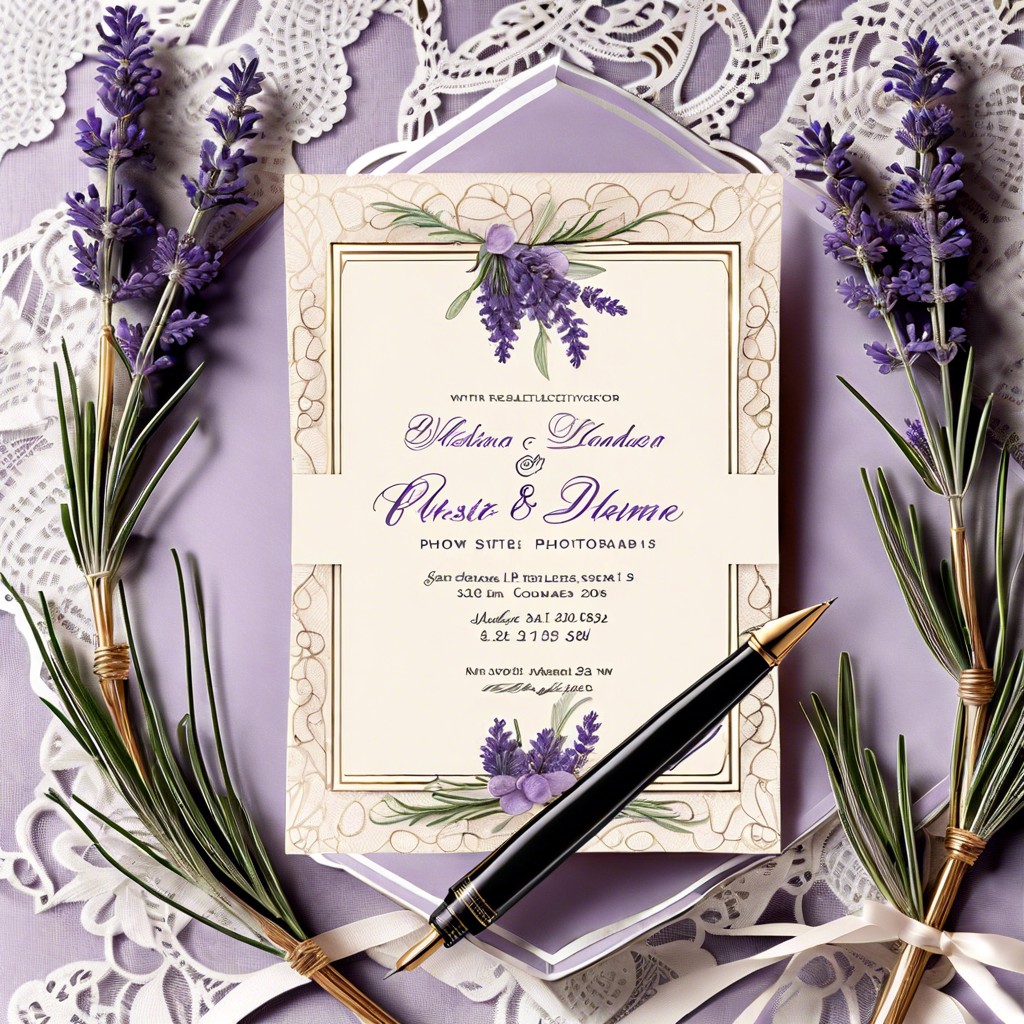Understanding the optimal timeline for sending out wedding invitations ensures your guests can plan accordingly and enhances the likelihood of a well-attended celebration.
Key takeaways:
- Send save-the-dates 6-8 months in advance, 8-10 months for destination weddings.
- Traditional wedding invitations should be sent 6-8 weeks before the wedding.
- Set an RSVP deadline 3-4 weeks before the wedding date.
- Pay attention to addressing and mailing etiquette for invitations.
- Wedding websites can provide early announcements, e-invites, real-time updates, accessible RSVPs, and supplementary information.
Save the Dates: Timing and Distribution

Sending out save-the-dates allows guests to mark their calendars for your special day well in advance, especially if you’re planning a destination wedding or your wedding coincides with a holiday. Aim to mail these notices 6-8 months before the wedding. For destination weddings, extend that to 8-10 months, giving everyone ample time to book travel arrangements and accommodations.
Provide essential information including the date and location. If you’ve set up a wedding website, include the URL to offer a centralized source of additional details as plans develop. Remember, once save-the-dates are sent, you should consider those guests as definitively invited to your wedding, so finalize that part of your guest list first.
Traditional Wedding Invitation Timeline
Ideally, send out your wedding invitations six to eight weeks before the big day, ensuring guests have ample time to clear their schedules and make travel arrangements if they don’t live nearby.
For destination weddings, give guests more notice—about three months—since they’ll need to book flights and accommodations.
Setting an RSVP deadline four weeks before the wedding allows you to follow up with anyone who hasn’t responded and finalizes the headcount for the caterer and seating arrangements.
Remember to account for any additional lead time your stationer might need for assembling and addressing your invitations.
RSVP Deadline Considerations
Setting an RSVP deadline is crucial for finalizing your guest list and communicating with vendors. Here’s what to keep in mind:
1. Allow guests enough time: Ideally, set a deadline three to four weeks before the wedding date, giving invitees ample time to check their schedules and make arrangements.
2. Factor in vendor deadlines: Caterers, venues, and rental companies often require a final headcount several weeks before the event. Align your RSVP date with these requirements.
3. Consider follow-ups: Some guests may miss the initial deadline. Build in an extra week post-deadline for following up with non-responders before finalizing numbers.
4. Communicate clearly: Make the RSVP date prominent on the invitation or response card to avoid confusion.
By carefully considering these aspects, you’ll be able to finalize your wedding details with confidence, ensuring a smooth lead-up to your big day.
Addressing and Mailing Invitations
As you approach the mailing stage, ensure you have the correct titles and names for each guest, demonstrating respect and attention to detail. Include children’s names if they are invited or address only the parents to imply an adults-only affair.
For un-married couples living together, list both names alphabetically by last name on separate lines. For married couples with different last names, do the same. Traditional etiquette calls for using “Mr. and Mrs. [Husband’s First and Last Name]” for married couples, but feel free to adapt to more modern or inclusive forms if that’s more your style.
Remember to handwrite your invitations for a personal touch or hire a calligrapher if budget allows. Printed labels are a practical alternative but may detract from the formal feel of the invitation.
Invest in high-quality stamps that match the aesthetic of your invitations and consider the weight of your full invitation suite, as this determines postage. A quick trip to the post office with a sample invitation can prevent postage mishaps.
Mail invitations six to eight weeks before your wedding date, providing ample time for guests to clear their schedules and make travel arrangements if needed. If you’re having a destination wedding, give guests more time by sending invitations three months in advance.
The Role of Wedding Websites in Invitation Timing
Wedding websites have revolutionized communication with guests, providing a complementary platform to traditional invitations. Here’s how they can influence your invite timing:
1. Early Announcement: As soon as the date and venue are confirmed, share your wedding website. This allows guests to mark their calendars even before receiving the formal invitation.
2. E-Invites Option: For more casual or environmentally-conscious couples, sending electronic invitations through the wedding website can be done quicker than physical ones. It’s cost-effective and immediate.
3. Real-time Updates: Any changes or additional details can be updated instantly on the website, which is especially useful for last-minute adjustments.
4. Accessible RSVPs: Guests can respond promptly through an integrated RSVP function, potentially allowing you to send the main invitations a bit later while still getting timely replies.
5. Supplementary Information: Providing accommodation info, dress code, or a Q&A on the website means the invitation can stay simple and refined, without overcrowding it with details.



